Around the World, Day 4/80
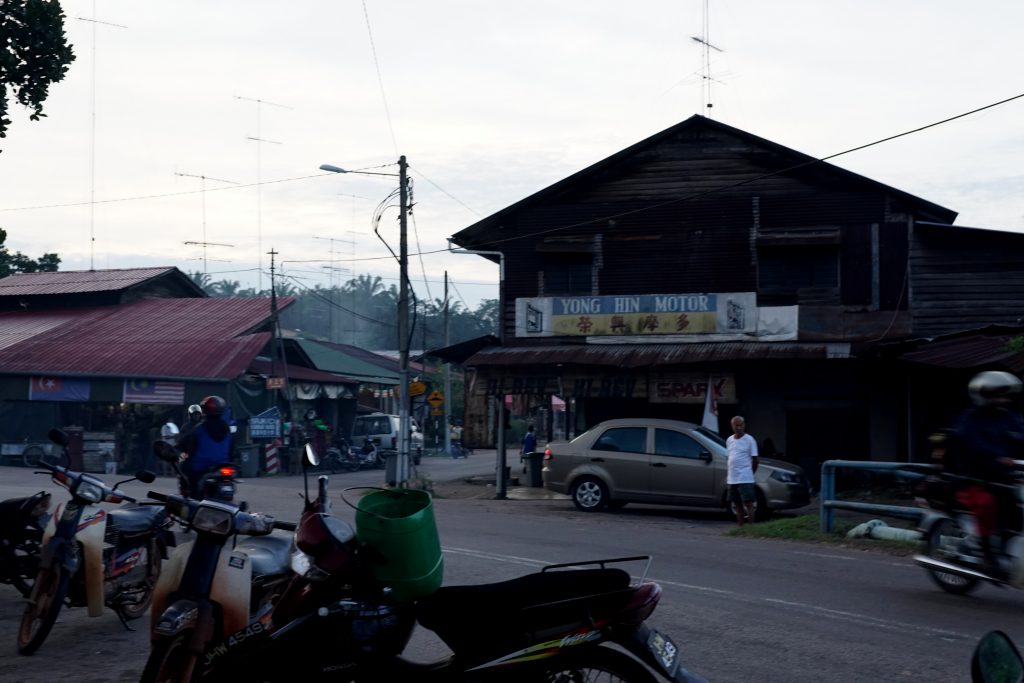
Even though Malaysia is a melting pot of mixed cultures, you wouldn’t be able to tell from the names of places. Most cities and towns have Malay names, as many of these places were first settled as Malay villages. (There were controversial name changes in some places and streets, but I’m gonna skip those) That makes the few cities and towns in Malaysia with obvious non-Malay names very unique – one such example is Taiping, which is the first capital of Perak and known for its tin. Yong Peng, another town in the state of Johor, was named by the Han Chinese that emigrated here in the 1800s. This diaspora community is now a major tourist attraction for the nearby Singaporeans, who make weekend trips to dine and see a distinctive cuisine and culture. Most people, however, don’t make it to the satellite village just a few miles away, at Kangkar Bahru. (Literally, New Port, as these villages were founded due to proximity to the Bekok River. Kangkar is a Teochew/Chinese-dialect word for riverbank)
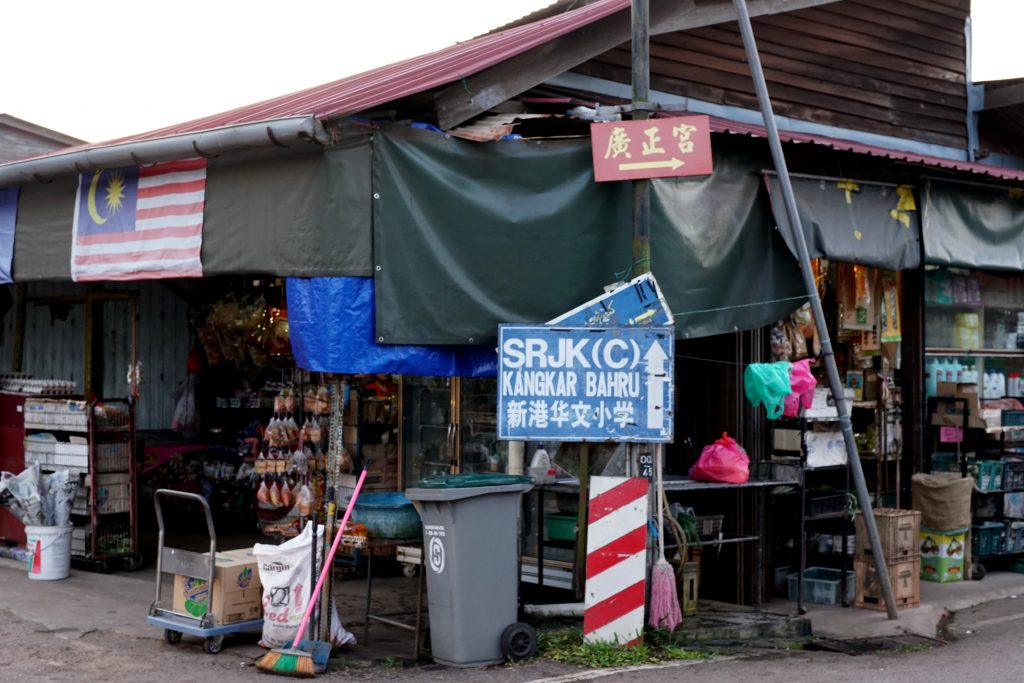
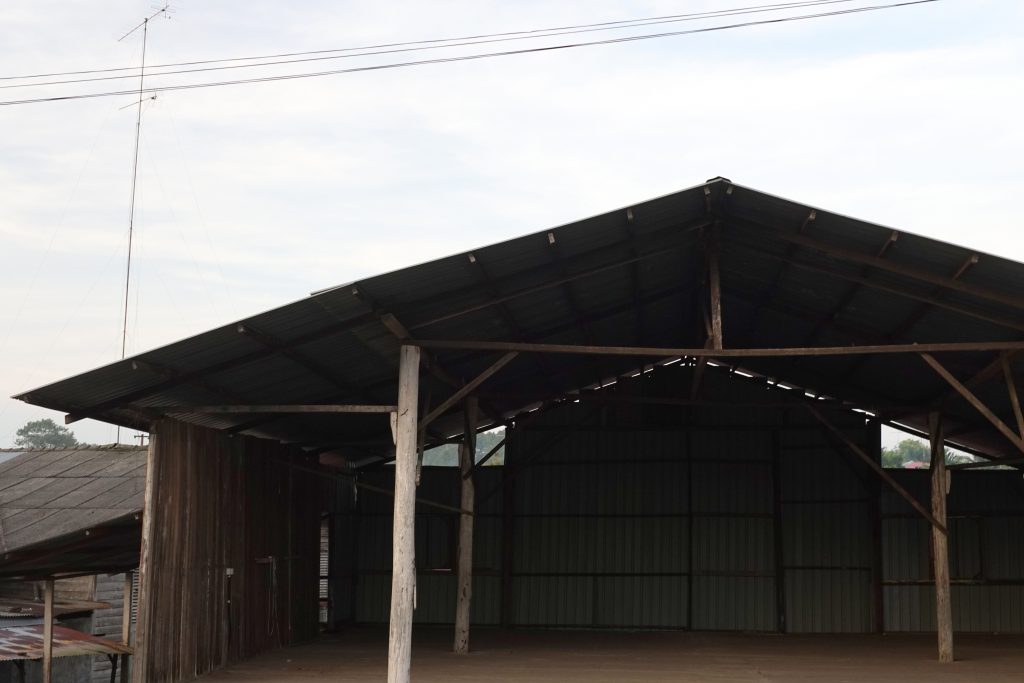
Is there some secret sauce in Kangkar Bahru? Unfortunately, none that I know of. The only reason I somewhat know this village is because it is my mom’s hometown. I spent many weeks over the years visiting relative along 2 neighboring streets, but have actually never ventured anywhere else; after all, what was there to see? Turns out, there are still some interesting sights and taste; and for those who have never seen a Malaysia-Chinese-diaspora village, this is a pretty typical village. The original houses were all wooden, but newer additions brought in full brick houses. I like a wooden house but many have been thoroughly eaten through by termites over the decades. Both Penang and Singapore have some of these wooden store fronts, but you wouldn’t be able to find wooden homes.
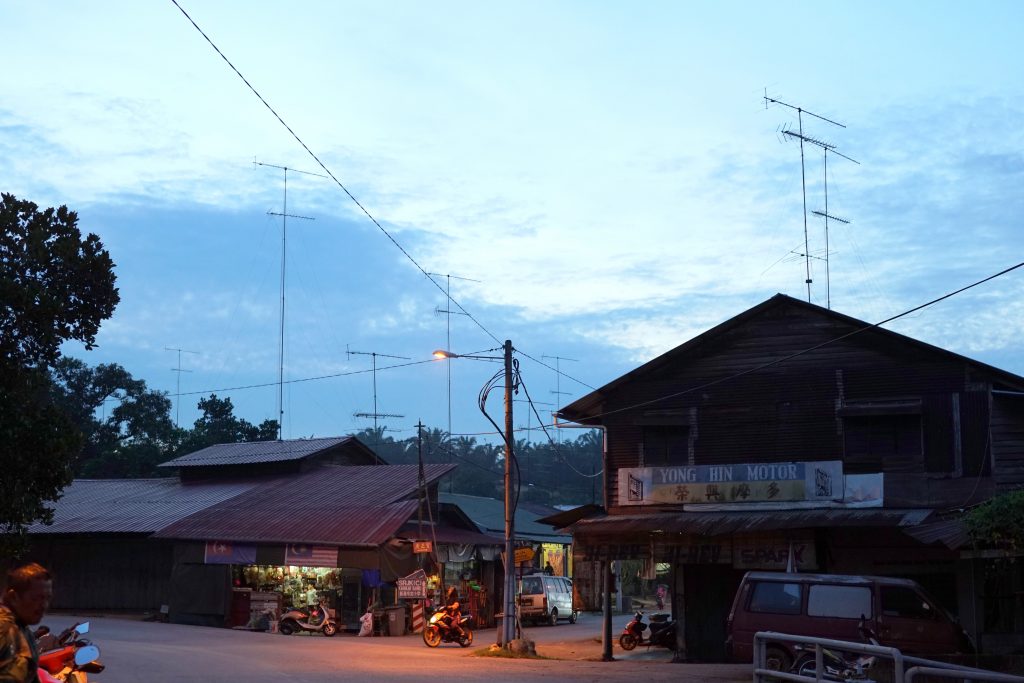
Kangkar Bahru has an aging population, many of the residents are rubber tappers their whole lives. As a result, the pasar (wet market) and local cafe opens at 5 a.m. We head there early to get the best cuts, but also because of the severe jetlag coming from the United States. The air is sticky and still; at least the temperature has cooled off from the heat of yesterday. The pasar is a short walk from where we are living, with the street lamps lighting up the otherwise pitch dark streets. There aren’t many choices here, 2 fish mongers and 2 meat sellers; the grocer on main street carries the vegetables. As you guessed it, my mom knows everyone. The privilege of growing up in a small village.
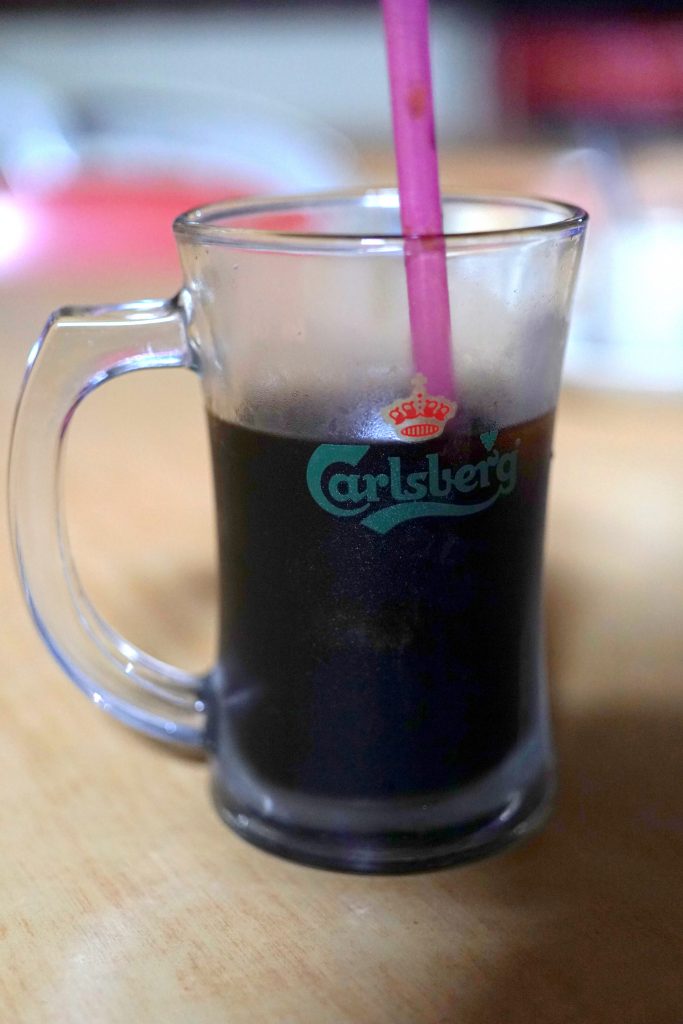
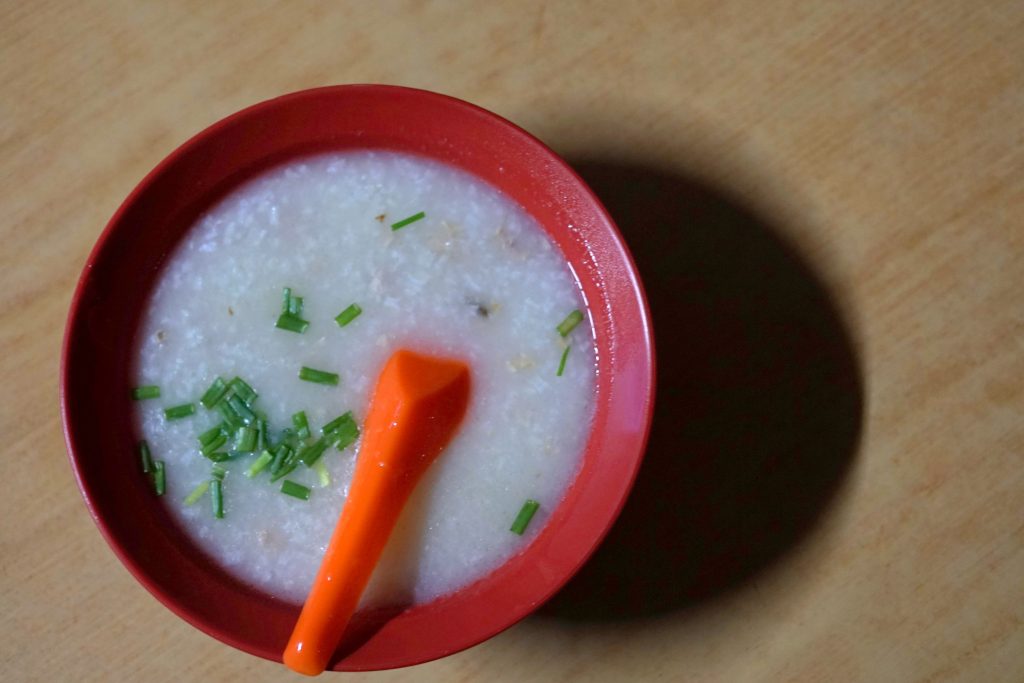
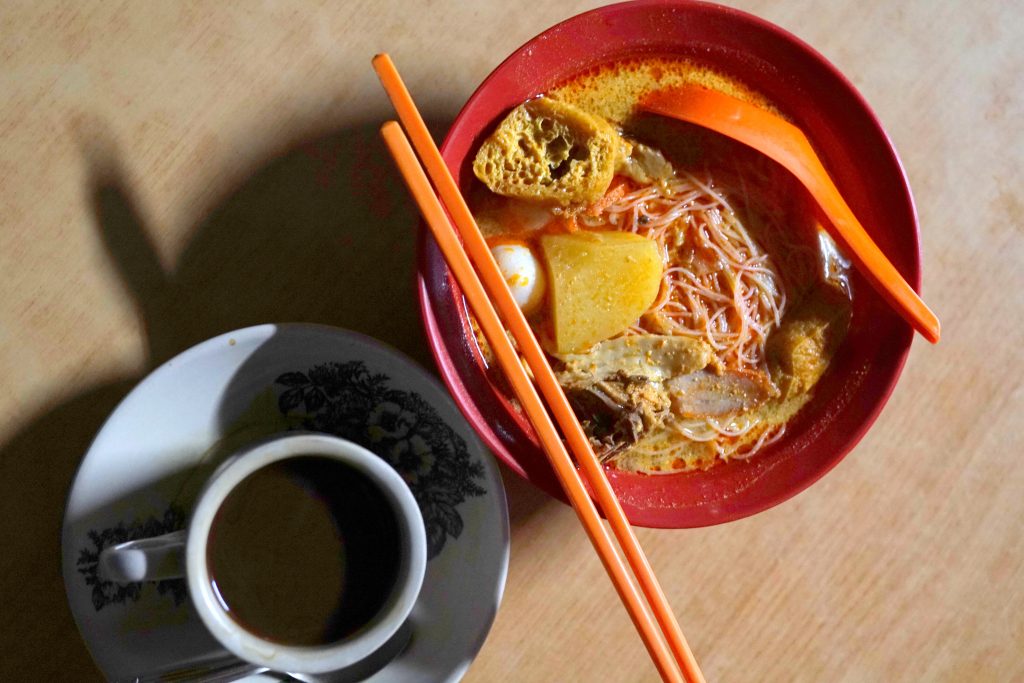
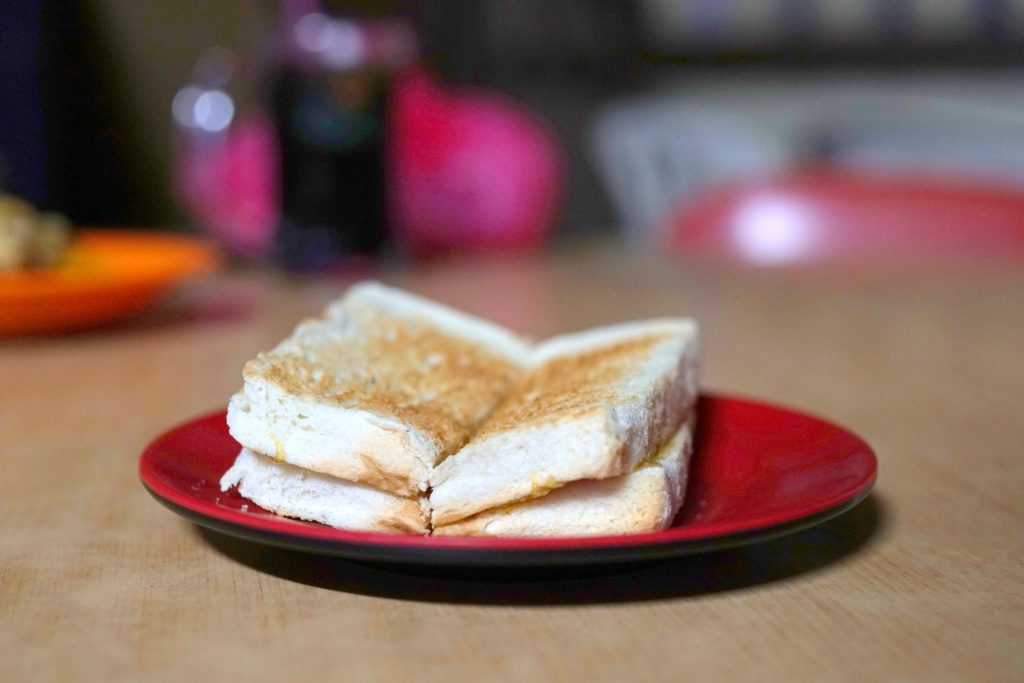
The next thing on the do to list is to have breakfast at a kopitiam (literally, coffee shop) on main street. Actually, we order from the noodle stall next door, but one is allowed to eat in either shop – try to bring food/drink elsewhere into a restaurant anywhere, you would probably get an earful. The kaya toast is good, the pork congee/porridge is excellent (meat is from straight from pasar), but let me tell you about the kopi (coffee). (A little context, have you had bitter coffee, ever? Maybe you lived a good life, and felt that the over-roasted Starbucks coffee is bad, or maybe the cup of free breakfast coffee at Motel 6 was too bitter for humans. Let me introduce you to Malaysia’s coffee. As Malaysians were poor, the quality of coffee beans have been low, so spoonsful of sugar and sweet milk is added to compensate for the taste. We got hot frappe decades before they hit the streets of Seattle. Anyway, the quality of these kopi has not change over the decades. Years earlier, I asked for a cup without milk and sugar at a famous cafe in Ipoh, which is a city famous for its kopi. Let me tell you, if hell is real, the bitterness in this cup of coffee is like licking the floor of the 7th level of hell. It took hours to get rid of the bitterness from my mouth. In general, kopi should not be drank without milk or sugar, which is why to order a cup of kopi without both, the naming conversation is kopi O kosong, indicating that you truly want a cup without milk and sugar, while getting weird stares from the attendant.) So it came to complete surprise that the kopi here is not bitter but very bold in flavor. I don’t know what kind of magic they have back in the kitchen, but paying RM 1.30 (~USD 0.30) for a good cup of kopi made my day.
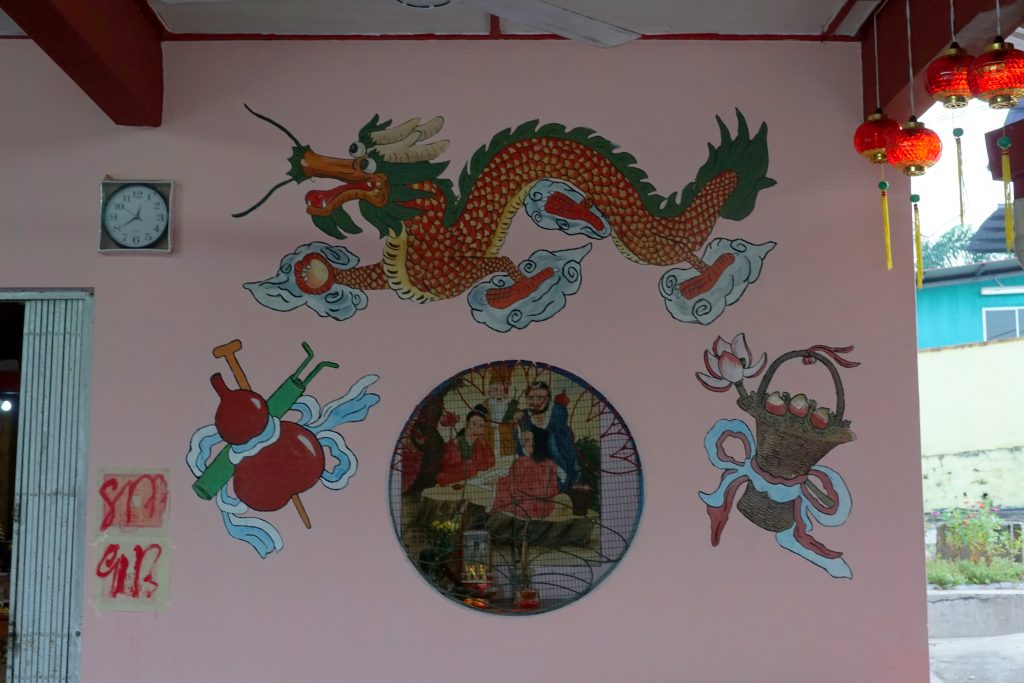
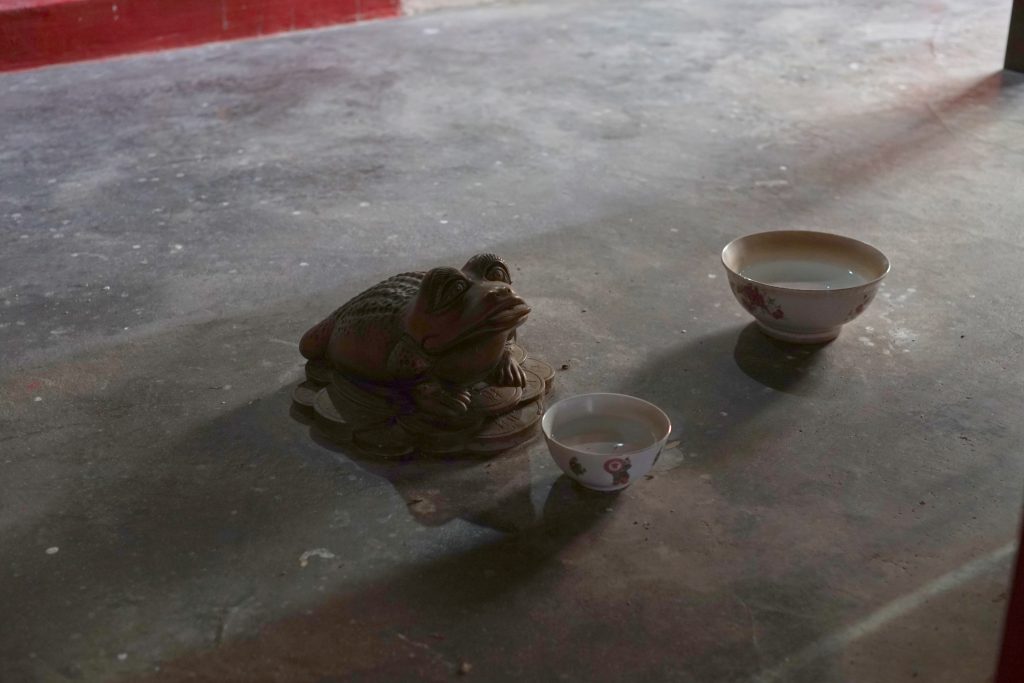
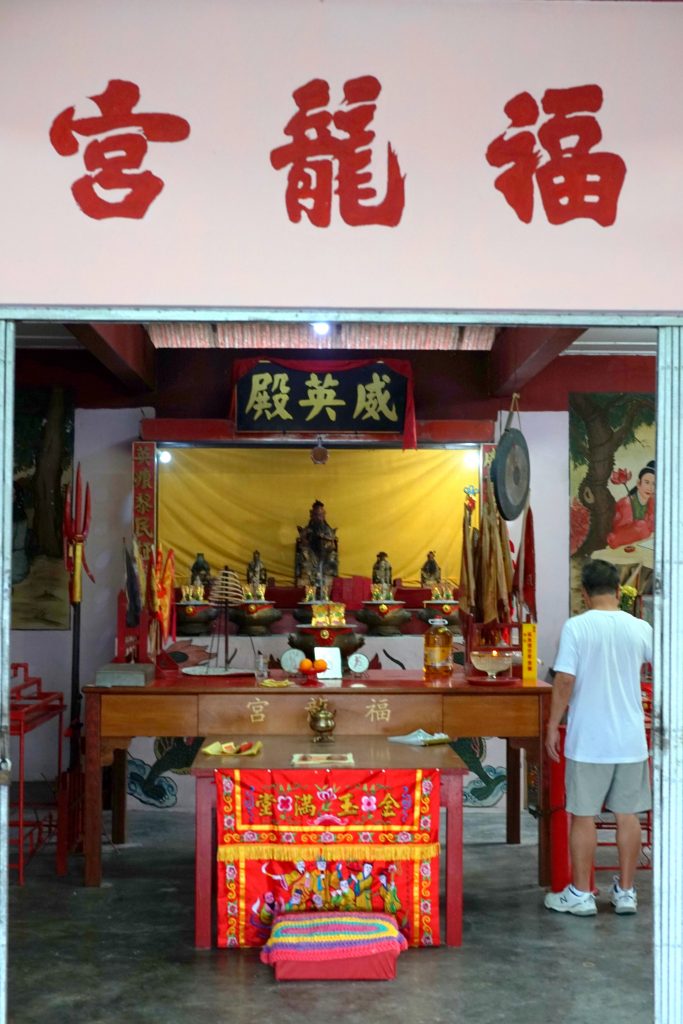
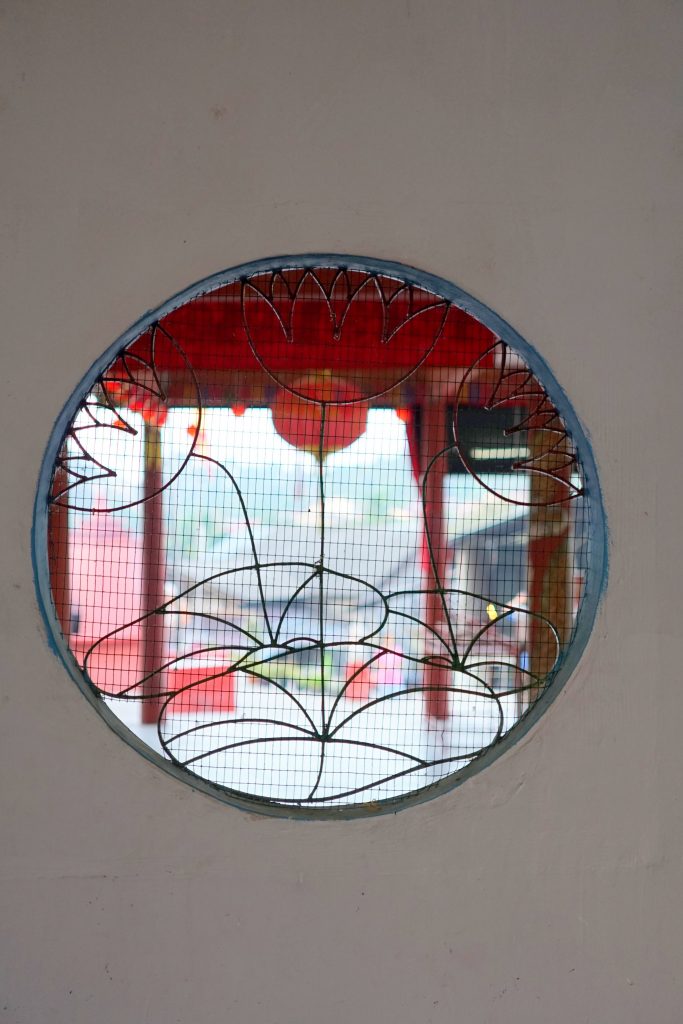
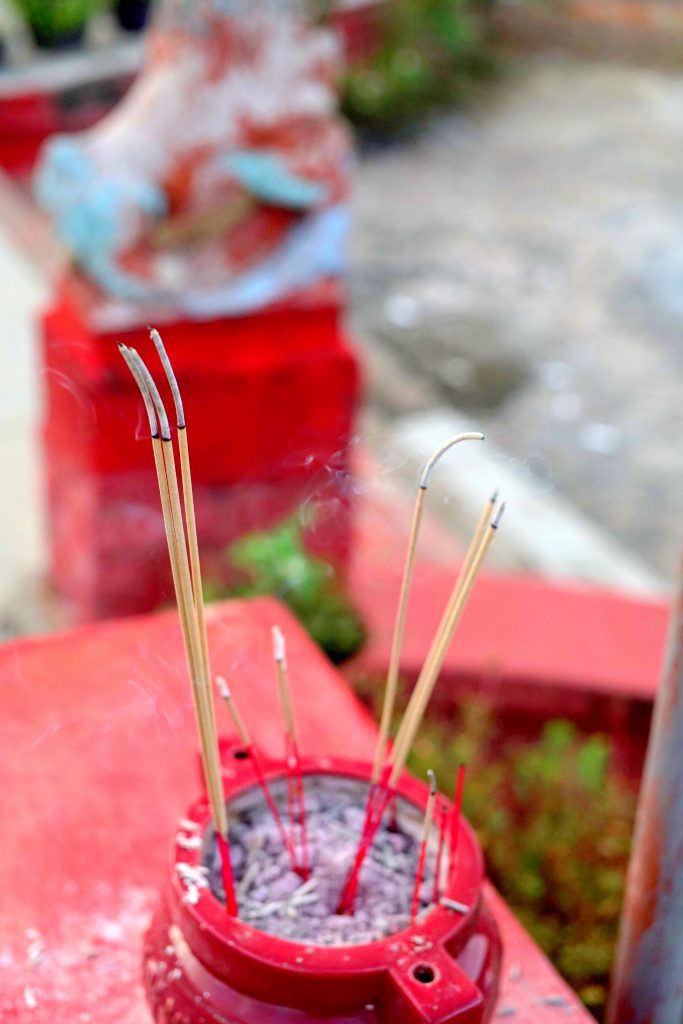
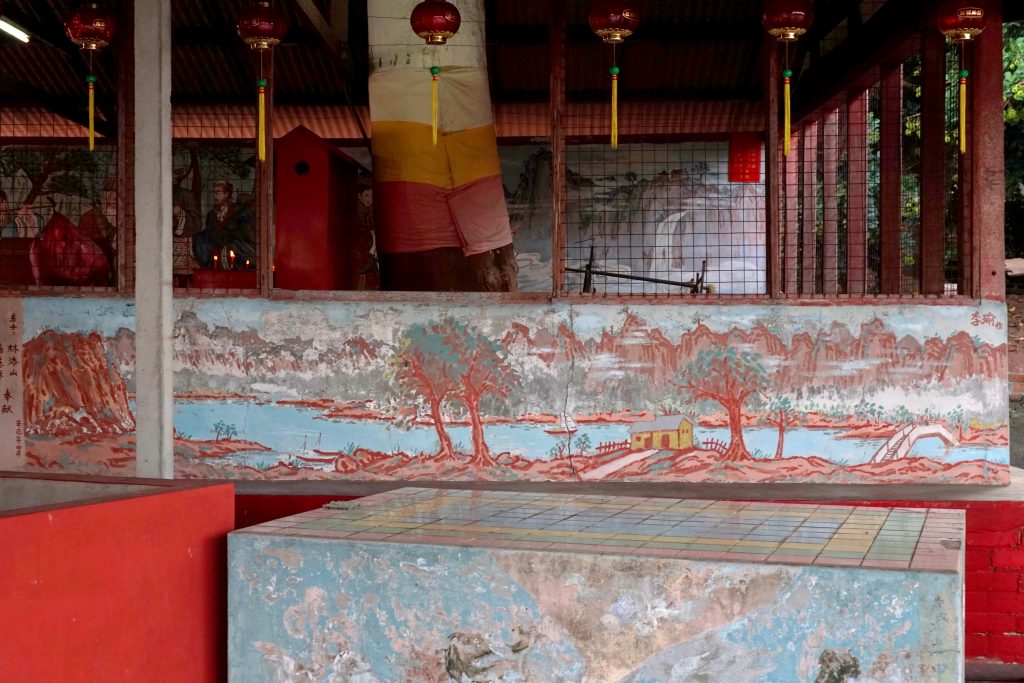
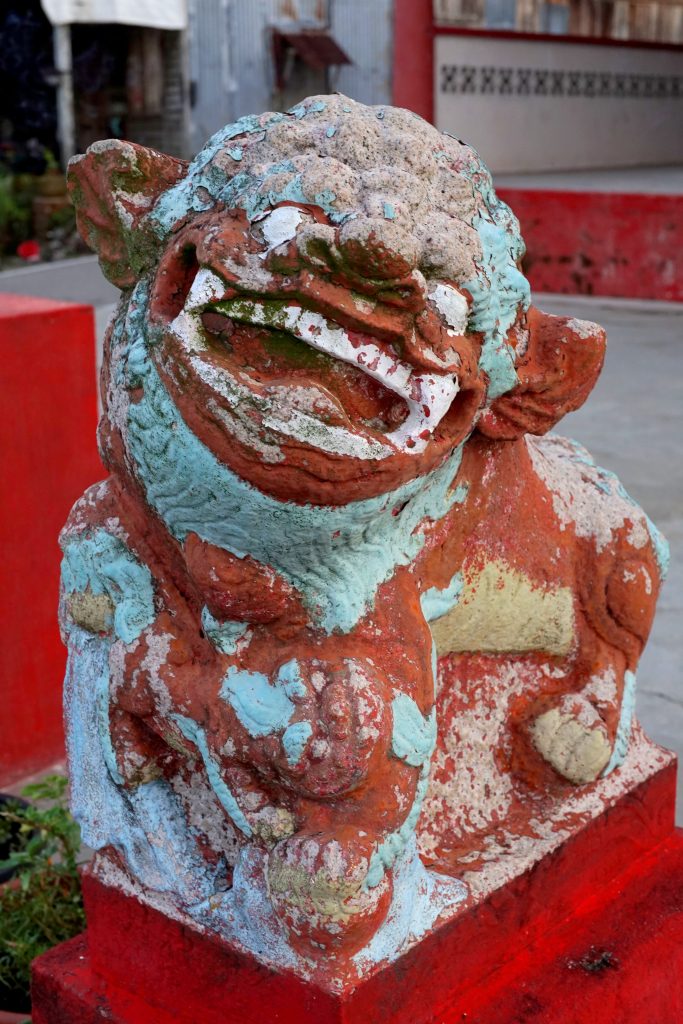
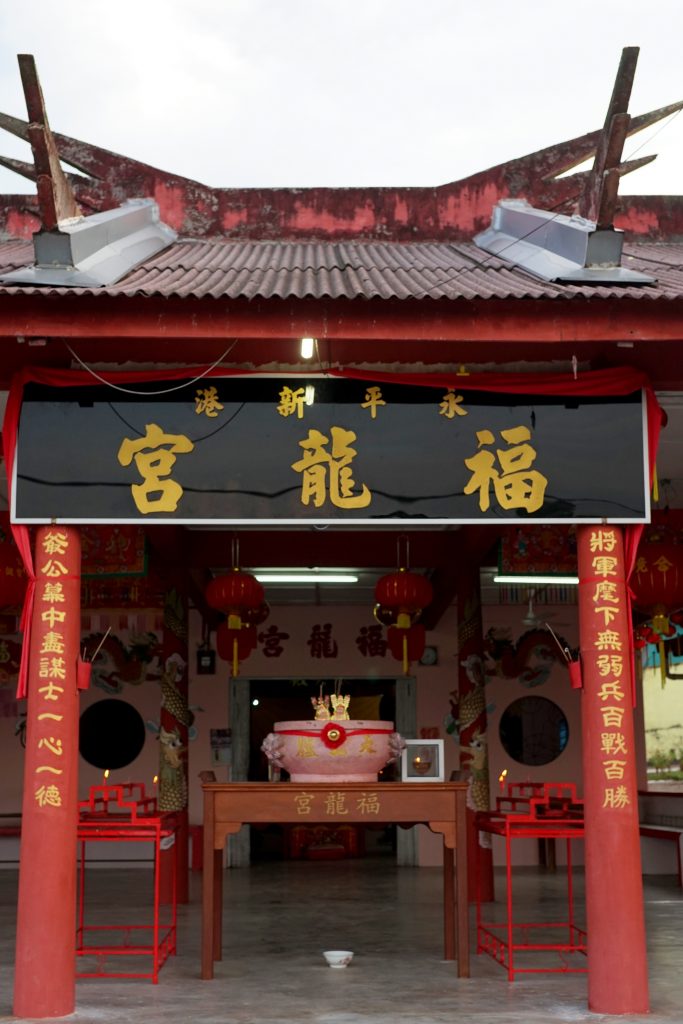
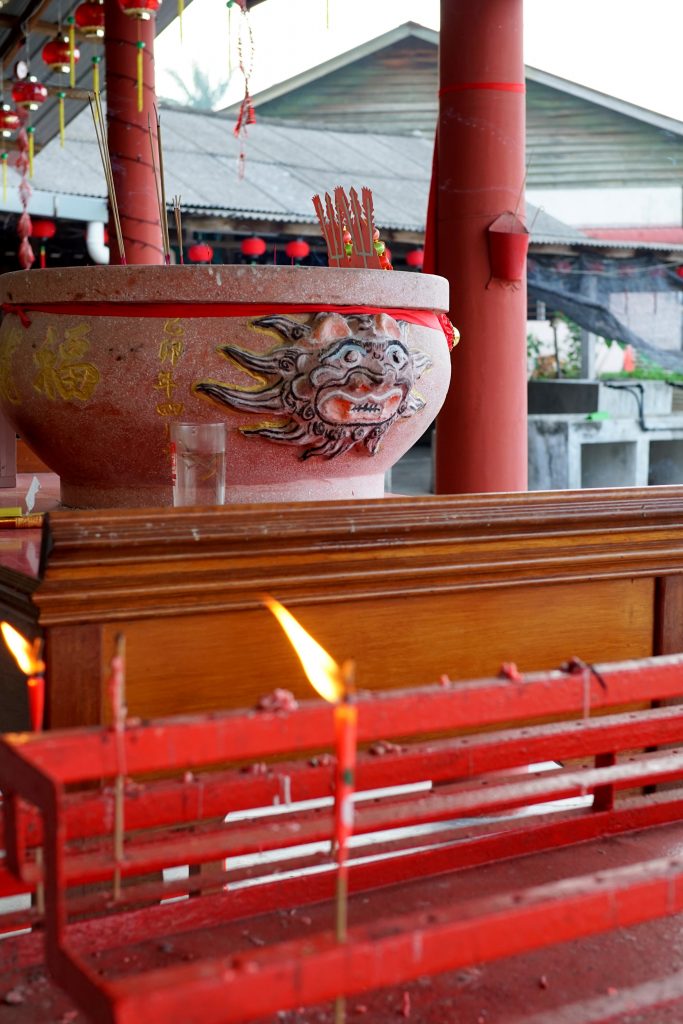
According to Chinese folk religion, the 1st and 15th day on the lunar calendar are important days – think of them like Sundays for Christians and Fridays for Muslims. Today happens to be the 15th (of I have no idea what month), so we walked to the village’s temple that’s located another block away. This is a pretty traditional and simple temple, but it has a nice scenic painting on one of the walls. Most of these temples have drawings that depict gods and good old citizens doing morally correct things. In larger temples (especially those that are known to be lucky), people would be rushing to provide offerings to the gods; here, there is only an elder couple who are leaving as we arrive. We lit some incense and candles, and walk around the rather large compound. Located on a somewhat higher part of the village, the temple gives a good panoramic view of the surrounding area. Most of the houses are topped with zinc roofs, and all have towering antennas for television broadcasting signals.
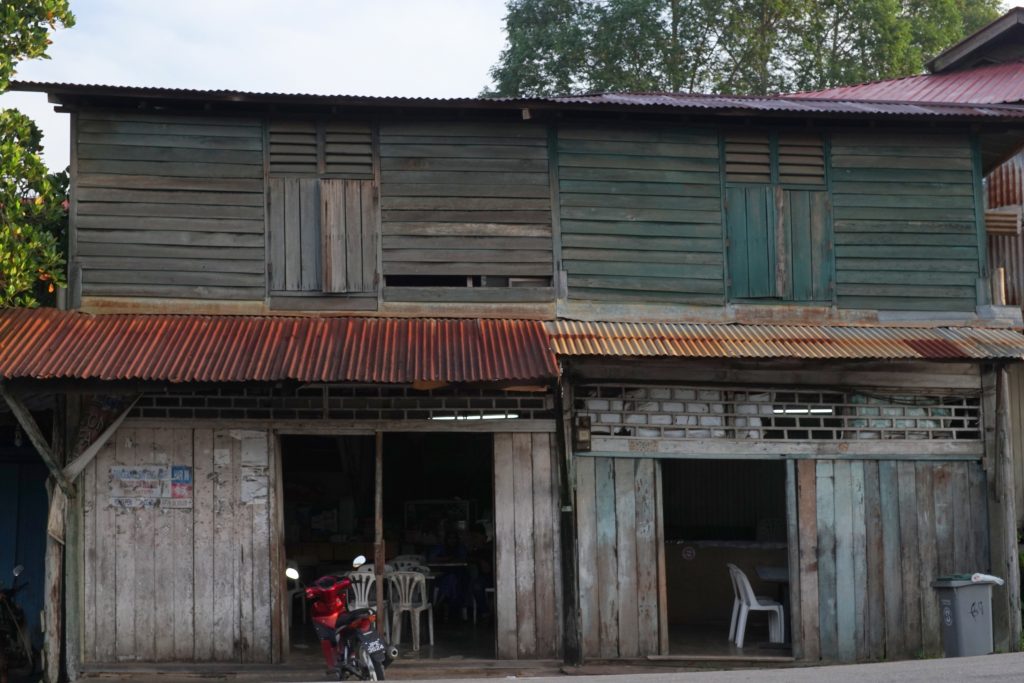
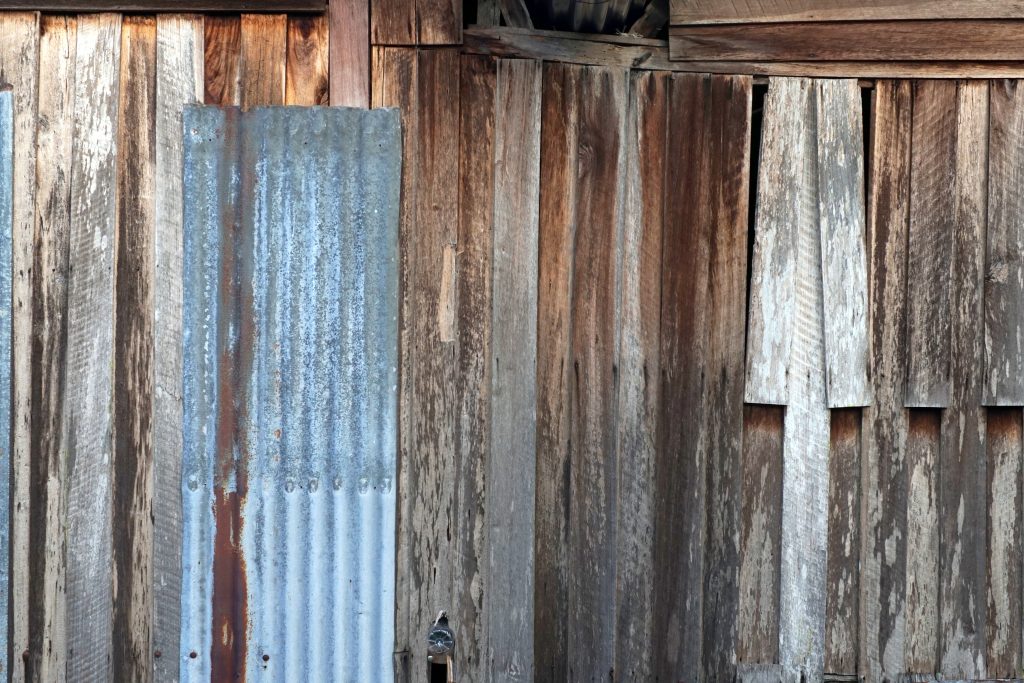
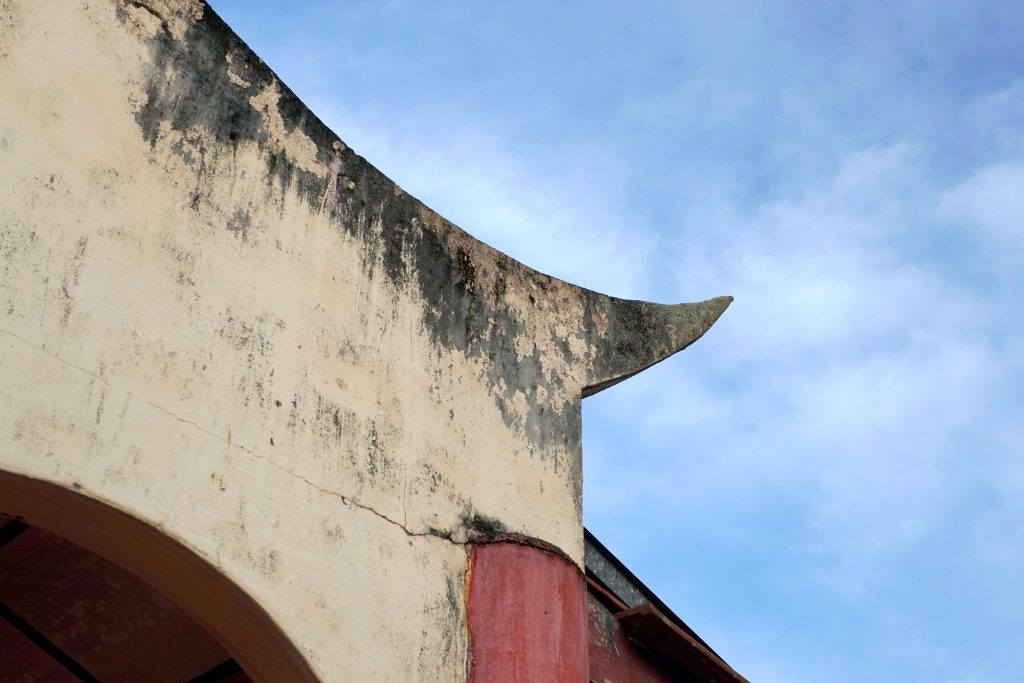
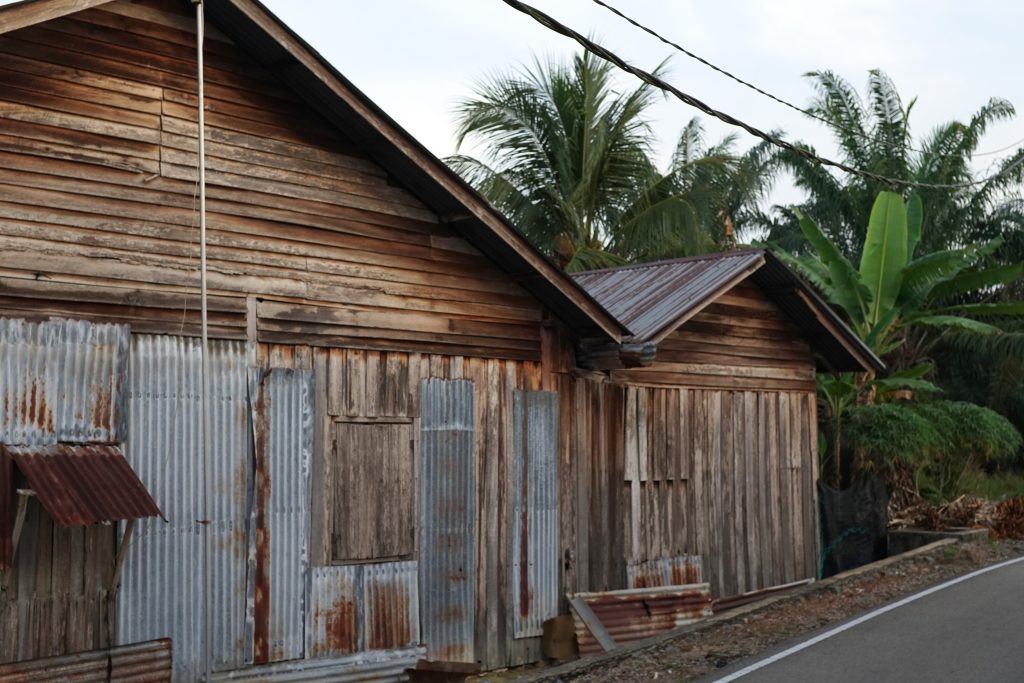
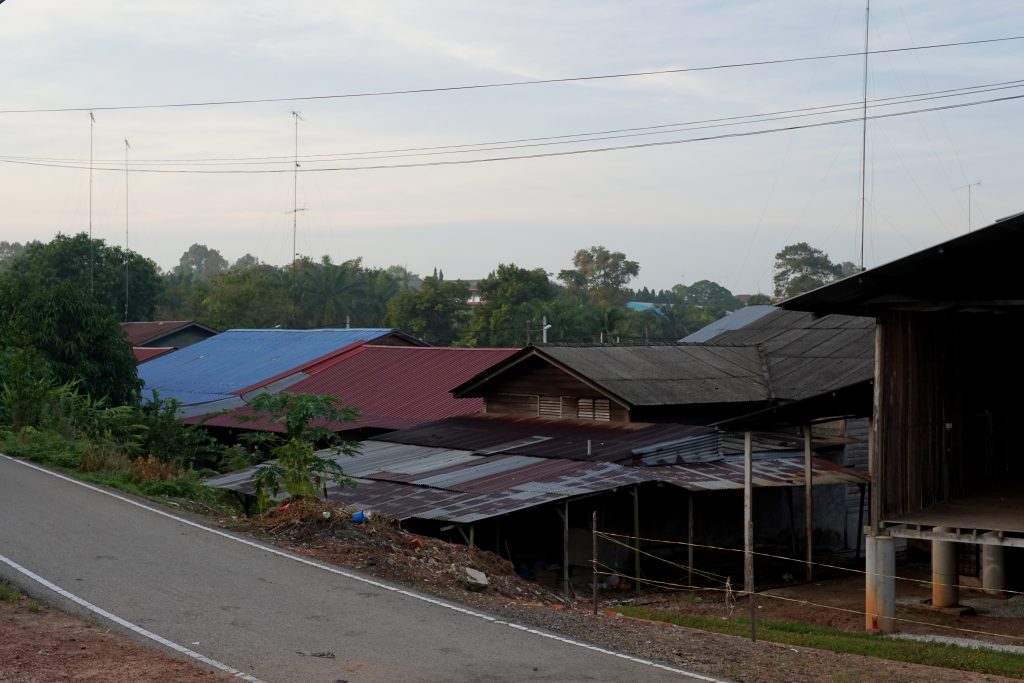
The day is becoming hot, and we quickly head home. The tour of the village is officially over. It is a nice stroll in the typical Chinese Malaysian village. Considering that most Chinese Malaysians used to grow up in a village similar to this as recent as three decades ago, much have changed and disappeared. There is still some life left, but time is ticking as fewer people live in these villages. Consider visit one, especially during Chinese New Year, when external families return, to observe a unique culture that cannot be preserved or experience in larger cities.
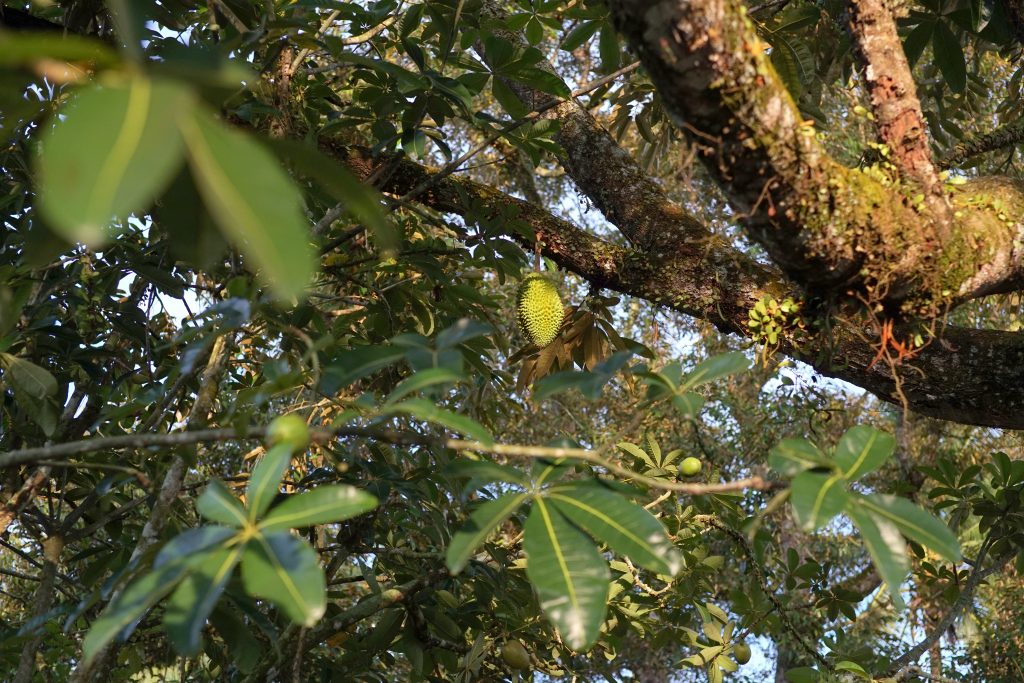
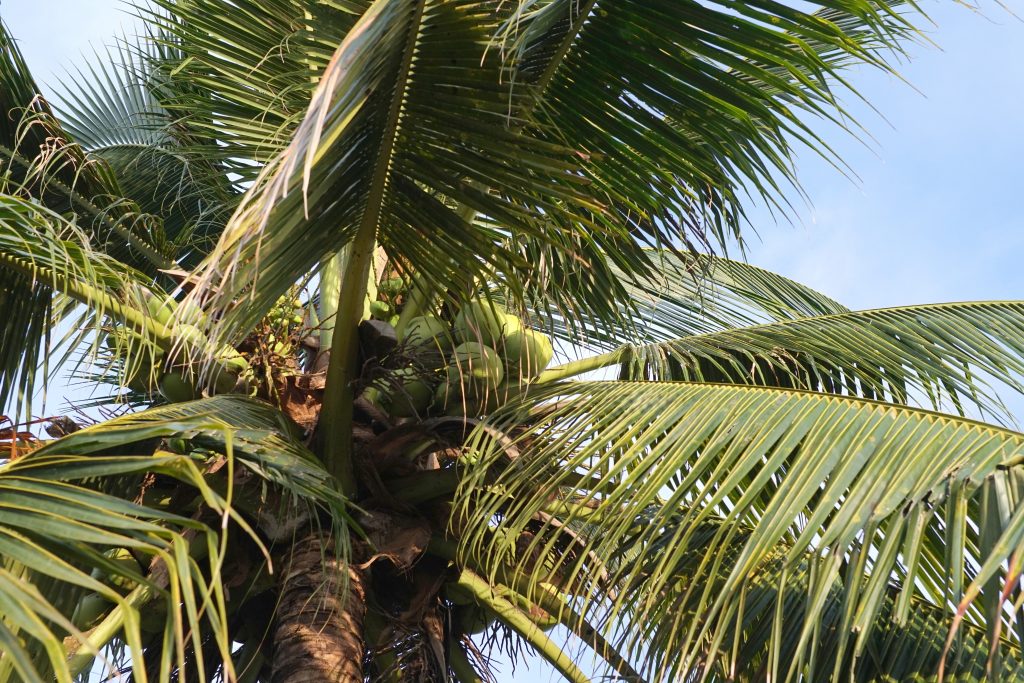
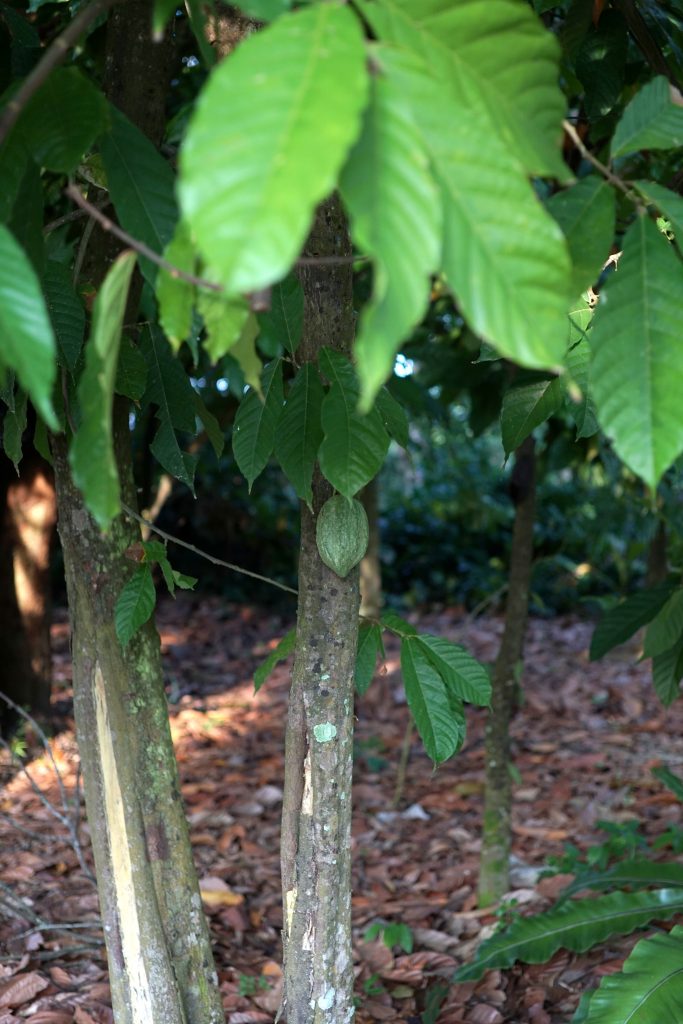
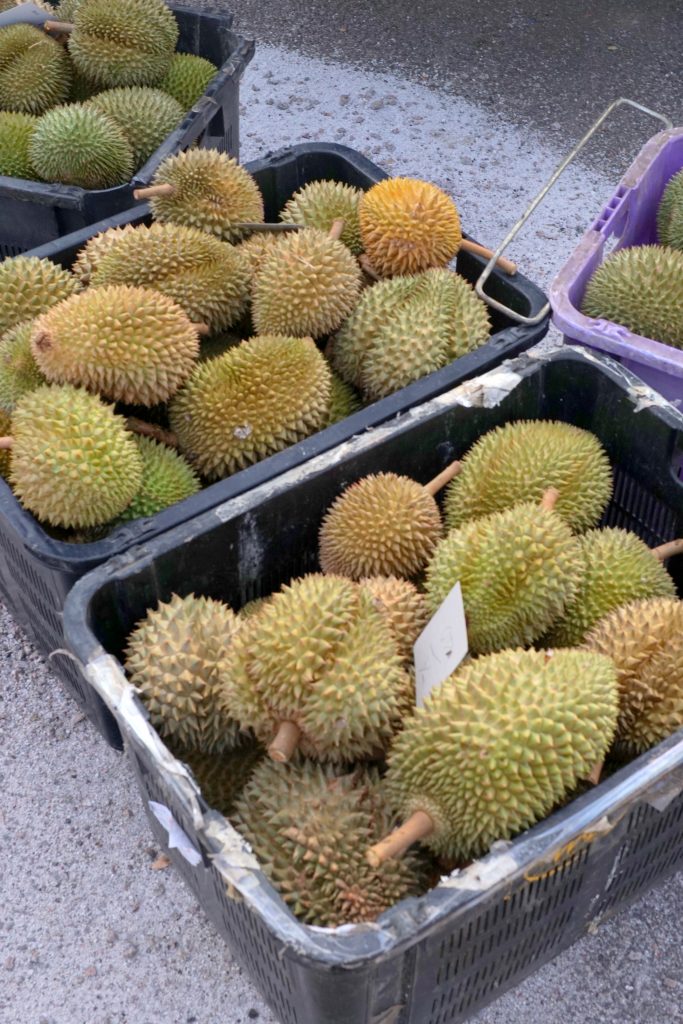
Date: 6/17/2019